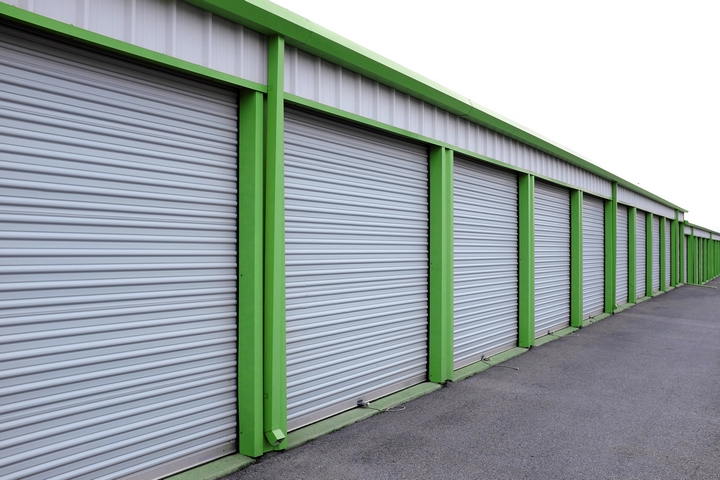Job costing, also known as allocating expenditures to particular projects, is one of the most difficult tasks in the residential building industry. This is why so many companies are starting to use construction job costing software.
It necessitates collaboration between the construction team and the accounting department to record, identify, and track every expense to ascertain the true cost of a project for your organization and its profitability once all bills have been paid. Job costing is essential for a business’s success.
1. Keep Everything Separate

If you’re a contractor who works on many projects simultaneously, you’ll need to keep track of job expenses separately for each one. It may be tempting and appear to be easier to combine all of your expenditures for equipment rental, switches, plumbing, drywall, and other items and then estimate how much of the total each project consumes. Still, this method will not provide you with the precision you need to maximize your advantages. Utilizing construction job costing software makes it easier to keep all your jobs separate.
2. Go Over All Cost Codes

Labour, equipment, materials, and overhead are the key cost centres for estimates and task pricing. None of these things can be overlooked. On the other hand, cost codes are used in a variety of ways by various businesses. To make tracking easier, some people use fewer codes. Others utilize extra codes to make estimates and job reports more thorough.
You’ll need to figure out which system is most efficient for your new construction project. Examine your current codes to determine if they’re providing you with the information you need, to understand how much work costs and how lucrative it is, and why.
3. Give Labour Extra Attention

Because labour is the most expensive component of a project, it demands special consideration. Don’t forget that hourly pay is only part of the picture. Taxes, benefits, union payments, vehicles, mobile phones, and other labour expenditures are included in total labour costs.
Begin by calculating the average total daily cost of a crew when estimating labour costs. While productivity can vary from job to job, you can get a fair estimate of how long it will take your team to finish a task by looking at their previous work.
4. Closely Monitor All Billing and Change Orders

You want to watch billing as it will help you protect your cash flow. In the construction industry, percent-complete or progress invoicing, in which bills are issued based on work accomplished to date, is widespread. Job cost reports may provide you with a clear view of your progress, figuring out when and how much to bill. They also allow you to identify and adjust when a project’s costs exceed payments by an uncomfortably big margin.
Change orders are unavoidable. You can’t ignore them in your work cost reports, and you can’t wish them away. They may frequently mean the difference between a project’s success or failure. Understanding how they affect your costs and how to best address them in the future will be easier if you break them down.











